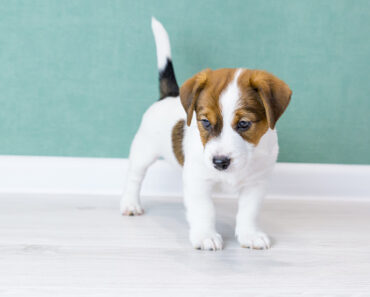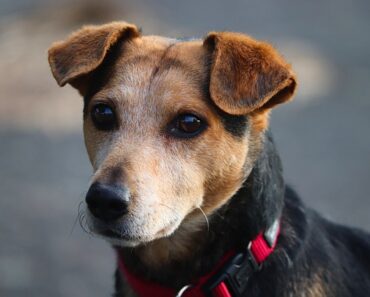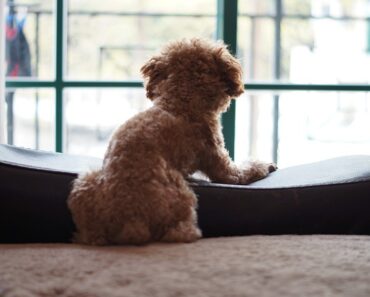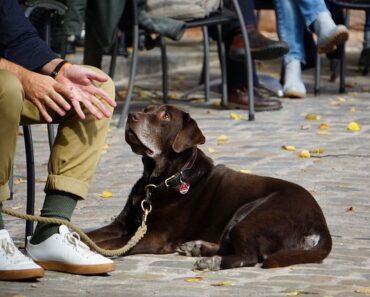Washing your dog is essential for him to feel good about himself! This will limit the risk of disease, but also save him from many uncomfortable situations: excessive scratching, release of bad odors, dirty coat…
For you, bath time is the perfect time to cuddle your dog and to take a closer look at his skin and coat, which are true barometers of his health. However, it is not always considered as a good moment for your faithful companion and sometimes it turns into a real battle! It is therefore necessary to transform this delicate moment into a moment of pleasure, so that it is much more pleasant for everyone!

When to wash your dog?
In order to adapt the frequency of washing, it is necessary to take into account the breed of the dog and its way of life.
For example, a Poodle, which has long and curly hair, should be washed more often than a Malinois, which has shorter hair. Also, smooth-haired dogs require fewer baths than long-haired ones.
As far as his lifestyle is concerned, it is advisable to pay attention to his outdoor activities, because an animal that is used to going outside is more exposed to dirt. This implies a regular bathing rhythm, but be careful not to wash your dog too often at the risk of weakening the sebum layer on his skin, a naturally protective oily film, and of seeing skin problems appear. Generally speaking, a bath every two months is sufficient.
Finally, there is no question of slacking off during the summer vacations: he must be washed after the beach! Sand and salt can sting and itch.
Bath time: instructions for use
During the bath, you must be attentive to the well-being and comfort of your pet.
It is necessary to protect his eyes and ears from water and shampoo. These parts of the body are, indeed, very fragile, and this can avoid possible pains, especially ear infections.
Afterwards, you should avoid sudden movements and always check the water temperature. You should also install a non-slip mat at the bottom of the bathtub or shower to prevent him from slipping.
If your dog is not used to bathing, let him get used to the bottom of the tub or sink without water for a short time.
The reward system can work for greedy dogs, it is possible to give him a treat after washing, to congratulate him for having remained calm. Talking to him can also help to reassure him.
When it comes to drying, there are two possibilities:
- A dryer is very effective, but requires the animal to get used to it because of the noise. It is advisable to keep the machine at a good distance and to set it at the lowest power.
- Dry towels
A final brushing can untangle any remaining matted hair and allow the hair and skin to breathe for optimal drying.
Finally, you should avoid leaving it outside until it is dry. In fact, in addition to wetting the ground wherever he goes, he risks catching cold!
Which shampoo to use for my dog?
The products to be used to wash your dog must be specifically designed for him, and under no circumstances should you use shampoo other than that recommended. The pH of your dog’s skin is less acidic than ours, so you should not use a human shampoo.
- If your dog is allergic or has a fragile skin, you can use a hypoallergenic shampoo.
- Dogs with white coats tend to have yellowing hair, so it can be interesting to invest in shampoos with an optical lightener or chamomile extracts. A conditioner can also maximize the effectiveness of the wash.
- Dogs with black fur also have their own dedicated products. Shampoos with aloe vera and henna extracts are preferred to ensure that the coat remains dark and shiny.
- For brown coats, products containing carapa (andiroba) extracts will do the trick.
- Long-haired pets need an effective product to detangle knots and strengthen the lipid sheath protecting the hair.
- Finally, there are dry shampoos for dogs, adapted to animals that cannot stand water!






